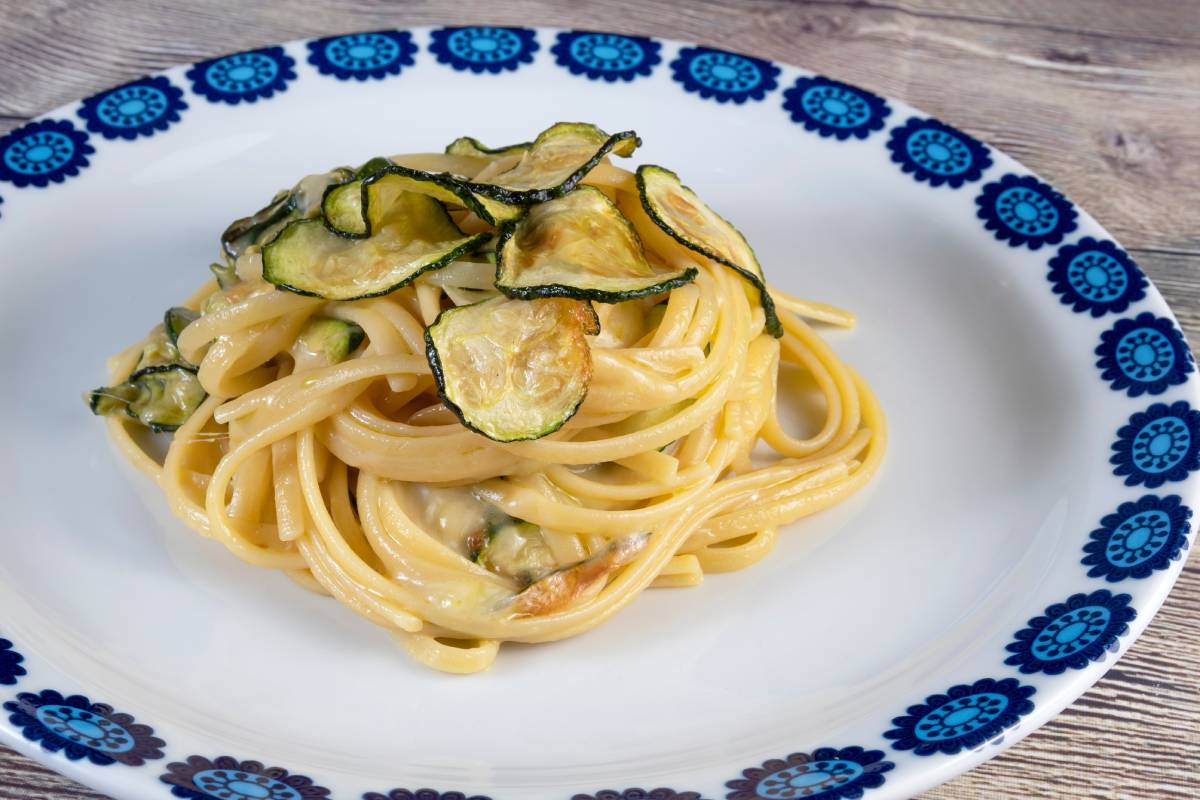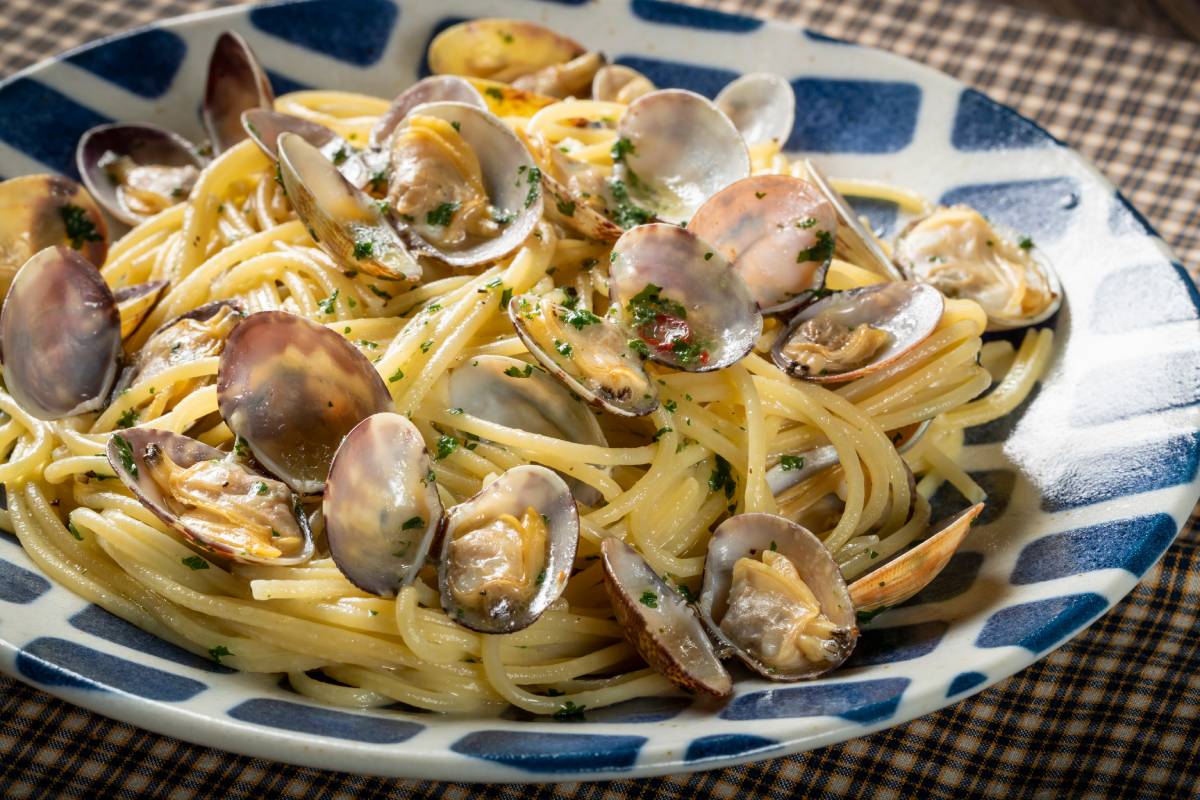Pasta is one of the world’s most beloved dishes! What would we be without spaghetti bolognese, carbonara or pesto pasta? Miserable, that’s what! The whole world loves this Italian staple. So much so that 25 October has been named World Pasta Day!
One of the best things about pasta is its versatility. There are literally hundreds of different pasta sauces and shapes to choose from, especially in Italy, the home of pasta itself, where different regions reveal their own unique, traditional creations. While we all love the classics, the Expat Explore team have decided to let you in on some hidden pasta gems! Listed below, you’ll find some of our favourite pasta dishes that you’ve probably never heard of. These kinds of pasta rarely find their way onto menus outside of Italy. So, we’ll tell you exactly where to find them! Prepare to get hungry…
Pasta alla Norma, Sicily
If you want a real taste of Sicily, pasta alla Norma is where it’s at! The most important ingredient in a Norma is eggplant (melanzane in Italian). So why the name Norma? The story goes that Vincenzo Bellini, a 19th century opera composer, lived in the Sicilian town of Catania, where pasta alla Norma originated. Named after its main character, Norma was the name of one of Bellini’s most famous operas. Apparently, after Bellini took his first bite out of this pasta dish he exclaimed “Chista è ‘na vera Norma!” meaning; “this is a true Norma!” That’s why Norma is capitalised, she is a lady after all! Pasta alla Norma combines delightfully fresh ingredients of fried eggplant, tomato sauce and ricotta salata cheese. Rigatoni or ziti (thick, tubular pasta) goes best with Norma as they soak up plenty of sauce!

Related: Experience the incredible tastes and sights of Sicily on the Highlights of Southern Italy & Sicily tour!
Tortellini en brodo, Emilia Romagna
You’ve almost certainly seen tortellini before – small, ravioli-like parcels containing a variety of fillings. The origin of tortellini has been much debated. However, it seems to have been invented somewhere in the Emilia Romagna region (north of Florence). Now, it is available pretty much anywhere that has an Italian influence. A traditional and extremely comforting way to eat tortellini is in brodo (chicken broth) and stuffed with meat (usually pork loin or prosciutto), Parmigiano Reggiano cheese, egg and nutmeg. Most Italians will tell you that this dish reminds them of Christmas when the whole family will pitch in to make a batch of tortellini.

Spaghetti alla Nerano, Sorrento
The lovely, seaside village of Nerano is located along the Sorrento peninsula. Spaghetti alla Nerano is believed to have originated in the 1950s, at the beachside restaurant Da Mariagrazia, which still stands today. Restaurateur Maria Grazia invented the recipe, just for fun, and her exact recipe is still a well-kept secret. However, you’ll now find versions of spaghetti alla Nerano all around the Sorrento region. Its core ingredients are crispy, fried zucchinis, provolone cheese and pasta, of course! This pasta is a marriage of fresh, simple ingredients and a rich, slightly sharp cheese which results in a beautiful balance of flavours.

Strangozzi al tartufo nero, Umbria
Made with one of the world’s most prized ingredients, strangozzi al tartufo nero is a deceptively simple dish. Tartufo nero is Italian for black truffle. The Catholic Church once banned this revered fungi for being so delicious that it must be the devil’s work! While everyone is now free to eat sinfully delicious truffles as they please, they still carry an air of mystique as they are very expensive and often quite hard to come by.
However, in Umbria, an Italian region bordering Tuscany, truffles are far more plentiful and can be hunted year-round! Generous portions of black truffles top many pastas in this region, such as strangozzi al tartufo nero. Strangozzi is a long, flat pasta handmade from wheat flour and gets its name from its resemblance to shoelaces. When served al tartufo nero, all that is added to the pasta is olive oil, garlic and, the star of the show, black truffles. Truffles are all you need to make this dish a knockout, thanks to their pungent aroma yet subtle umami flavour.

Pappardelle ragù di cinghiale, Tuscany
Tuscan cuisine is all about using natural, local and inexpensive ingredients. Game is very popular in Tuscany and is often used in pasta sauces or as a main dish. A particularly favoured game meat in Tuscany is wild boar; the region even hosts multiple wild boar festivals annually! While it may be a foreign meat to non-Italians, it’s actually a very healthy protein. Wild boar contains fewer calories, fat and cholesterol than regular pork. It’s also very tasty; rich and bold with a slightly gamey flavour. The best way to enjoy wild boar is as a ragù (a slow-cooked meat sauce) and paired with pappardelle (a long, thick and flat pasta ribbon).

Spaghetti alle vongole, Naples
The best Italian pastas highlight fresh, regional ingredients. Aside from a variety of green produce, Italy is also home to truly exceptional seafood. Spaghetti alle vongole, or spaghetti with clams, is one of the most popular seafood dishes in all of Italy. Although considered part of traditional Neapolitan cuisine, you can find this dish all over Italy, particularly in seaside areas. Spaghetti alle vongole can either be prepared in bianco, with oil, parsley, garlic and a splash of white wine, or in rosso, which adds tomatoes and basil into the mix. The live clams open up while cooking and release a liquid that acts as the main source of flavour.
In Italian American restaurants, it is quite common to add cream to spaghetti alle vongole. However, this is a huge taboo in Italy! Cream is actually pretty rare in authentic Italian cooking as it takes away from the real, often simplistic flavour of the dish.

Did you know? Another Italian rule is that seafood should never be served with, or even alongside, cheese! Just remember that when you’re reaching for the parmesan.
Orecchiette con cime di rapa, Puglia
Orecchiette is possibly one of Italy’s cutest pasta shapes. The name translates to “small ear” due to its shape. To make orecchiette, dough is rolled, then cut into cubes and pressed with a knife to make it curl. Then, to give it its distinctive inverted shape, the pasta is pressed with a thumb. There are many ways to enjoy this delicious pasta which act as teeny tiny bowls for whichever sauce they’re served with. In Puglia, one of the most popular ways to eat orecchiette is con cime di rapa: with rapini (also known as turnip tops or broccoli rabe), garlic, olive oil and chilli. It can be quite difficult to find rapini outside of this region, and while it is possible to substitute with broccoli, there’s nothing quite like the real thing.

Spaghetti al nero di seppia, Venice
Don’t let the pitch-black colour of this dish put you off! Squid ink not only naturally dyes this unique pasta black, it further enhances the flavour of the fresh squid which tops the pasta. Squid ink boasts a subtle, earthy flavour and texture that pairs perfectly with spaghetti or any other long pasta such as linguini or fettuccini. The black coating serves more purpose than just dramatic flair. In fact, using the squid’s ink as well as the fish itself developed as a form of sustainable cooking. Back in the day, poor people would use the whole fish to avoid waste. You’ll find this unique and refined seafood dish in Venice, Sicily and many other coastal regions.

Related: For an unbeatable insight into historic Venetian traditions, visit the annual Venice Carnival!
Pasta all’amatriciana, Rome
If you have guanciale (cured pork cheek), tomatoes and pecorino cheese lying around, you have the ingredients for a pretty perfect pasta! Amatriciana originated in the small town of Amatrice and made its way to Rome where it is now considered a quintessential Roman dish. A few variations of the dish occasionally add onions, garlic or chilli. While Amatricians always make the dish with spaghetti, Romans prefer bucatini. Amatriciana is an extremely versatile sauce that pairs well with pretty much any pasta and can be dressed up or down any way you please! After Amatrice suffered a devastating earthquake in 2016, restaurants all over the world added pasta all’amatriciana to their menus and donated the funds from its sales to areas affected by the earthquake.

Related: This is the best way to spend 24 hours in Rome (don’t forget to try pasta all’amatriciana while you’re there)!
Testaroli, Liguria
Known as the oldest recorded pasta shape, Testaroli has little in common with the pasta shapes we know and love today. You might even mistake this ancient pasta for a savoury crêpe! This unique comfort food gets its name from the cast iron pan in which it’s cooked, a testo and is native to southern Liguria and northern Tuscany. Flour, water and salt make up the basic batter which is cooked in the testo, cut into diamond shapes and then boiled in water. Testaroli is usually served with pesto, a beloved Ligurian speciality, but you might also find it served with pecorino and parmesan cheese.

Related: Discover more delicious vegetarian dishes from around the world!
Do these pastas make you long for a taste of Italy? Discover Italy’s delectable cuisine as well as its fascinating history and beautiful scenery with an Italy tour!